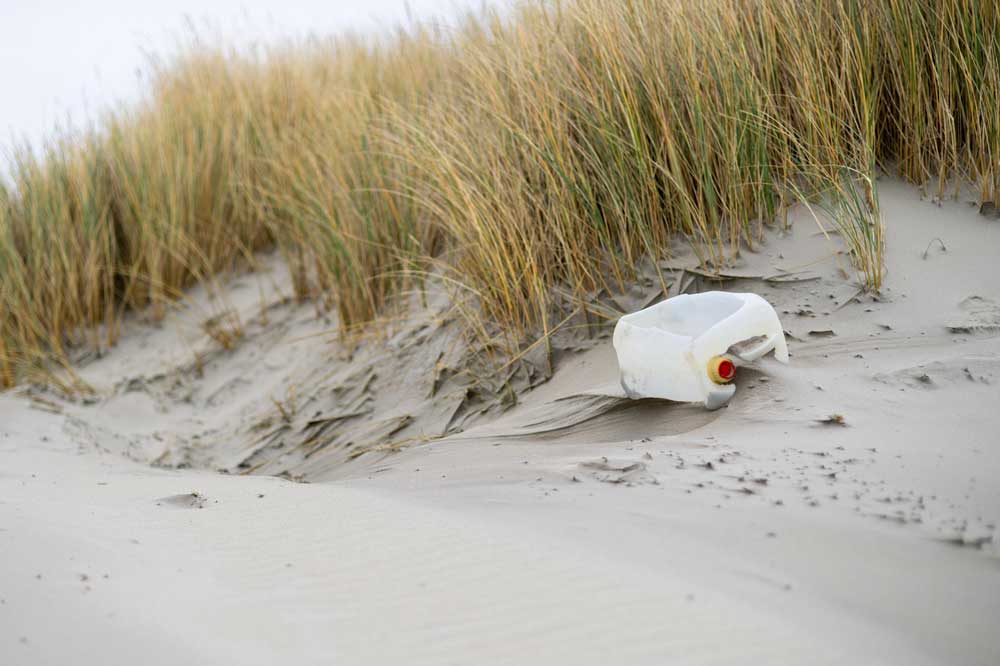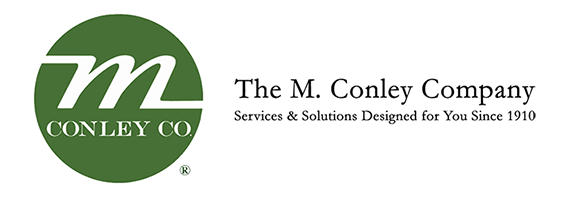How Cleaning Technology is Bridging the Gap Between Hygiene and Sustainability

For a long time, choosing a cleaning product meant picking between two compromises: powerful chemical formulas that cleaned effectively, or gentler, eco-friendly options that didn’t always get the job done. Now, with innovations in cleaning technology, it is possible to uphold the highest hygiene standards while also not compromising sustainability.
Let’s dive into what innovations are making this possible.
Eco-friendly chemicals
One innovation is in the chemistry of cleaning products. Green cleaning products are now formulated with biodegradable, plant-based ingredients, replacing traditional chemical cleaners. They’re tough on dirt but gentle on people and the planet.
One standout advancement is the use of electrolyzed water systems, which utilize salt, water and electricity to create non-toxic solutions for sanitizing without polluting. This is an effective alternative to traditional chemical cleaners, marking a step forward in sustainable sanitation
Smart cleaning devices
Technology is helping to transform how cleaning is performed. Machines such as robotic floor scrubbers and automated dispensers are revolutionizing efficiency because they are equipped with sensors that collect real-time data by adapting to usage patterns. This type of automation ensures consistent results, reduces human error and makes it easier for facilities to comply with health regulations and sustainability standards.
Energy and water-efficient equipment
New cleaning machines are designed to use less water and electricity. Some machines, such as the Tennant T300 with ec-H2O NanoClean Technology, utilize cold water, which helps conserve energy while still delivering effective results. Equipment such as low-moisture carpet cleaners and high-efficiency vacuums is becoming an industry standard for performance and sustainability.
These innovations are helping to extend the lifespan of flooring and surfaces, delivering value in every location. In facilities where large-scale cleaning happens daily, the savings in water and energy can be substantial, as well as the environmental impact.
Waste reduction through reusable bottles
Waste is a significant issue in traditional cleaning programs, primarily due to the use of single-use plastics and packaging. Many cleaning formulas are now more concentrated to help reduce package waste. These concentrations can be diluted on-site using reusable dispensers, significantly reducing plastic waste.
An example of this is the VersaFill dispensing system from Spartan Chemical’s Clean on the Go product line, which utilizes highly concentrated cleaning solutions in conjunction with wall-mounted or portable dispensing units. This system reduces reliance on multiple single-use plastic bottles by enabling staff to mix precise amounts of cleaner and water on-site using reusable containers. Additionally, refillable dispensers and reusable microfiber cloths further minimize the need for disposable products, reducing landfill waste while enhancing cleaning effectiveness. These innovations support environmental sustainability and help streamline inventory management, ultimately reducing overall supply costs.
With innovations, facilities can meet health and safety standards while reducing their environmental footprint. Businesses and individuals are no longer forced to choose between hygiene and sustainability, as technology enables us to have both. We stay current on the latest green cleaning technologies and sustainability standards to recommend the best possible solutions for your business.
Contact us today to discover how future-ready cleaning technologies can benefit you.

